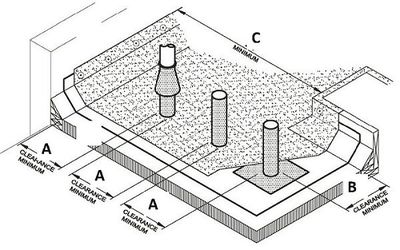The Nrca Roofing Manual: Membrane Roof Systems
- IBC 2009
- NRCA Guidelines
2.
You may optionally provide this to label your report, leaderboard, or certificate.
×
Thank you for your feedback!
















